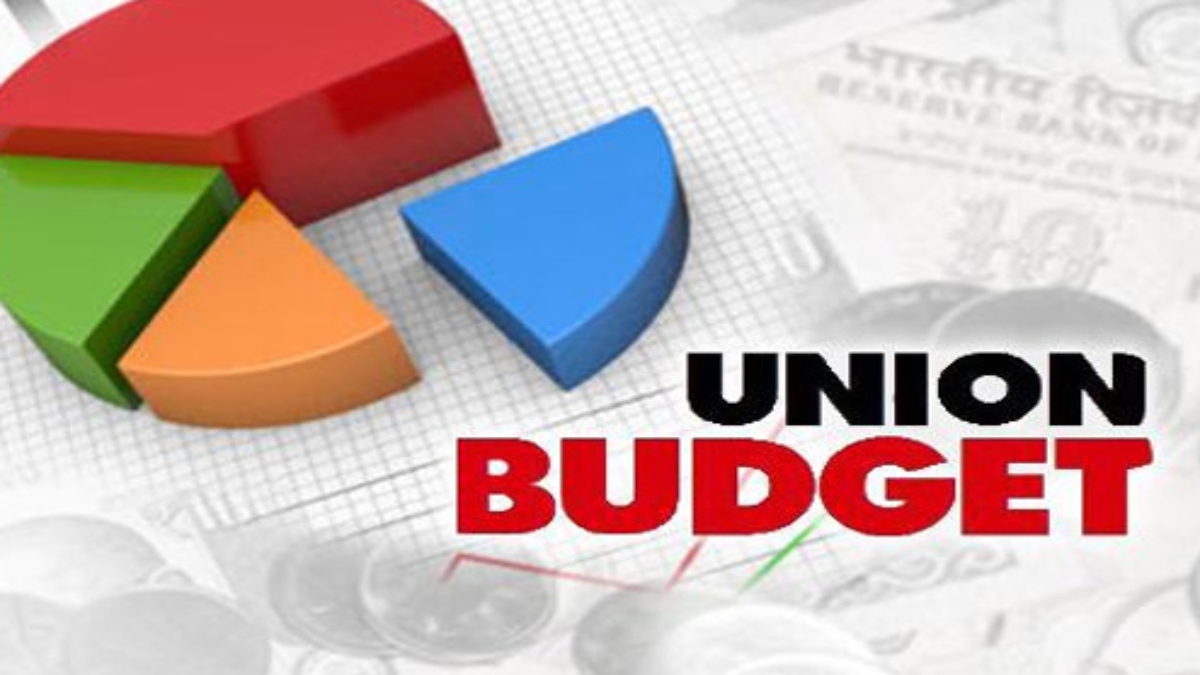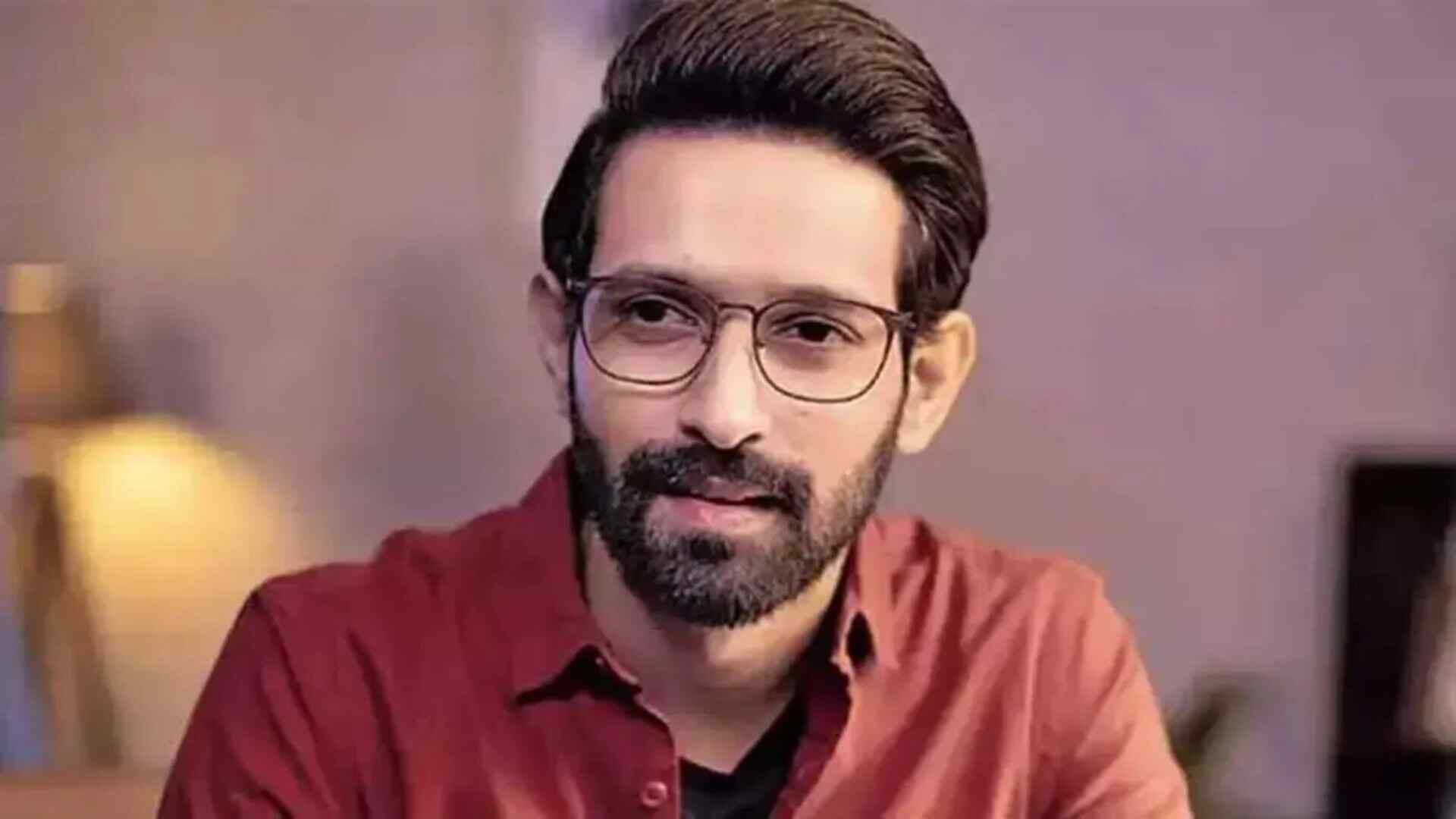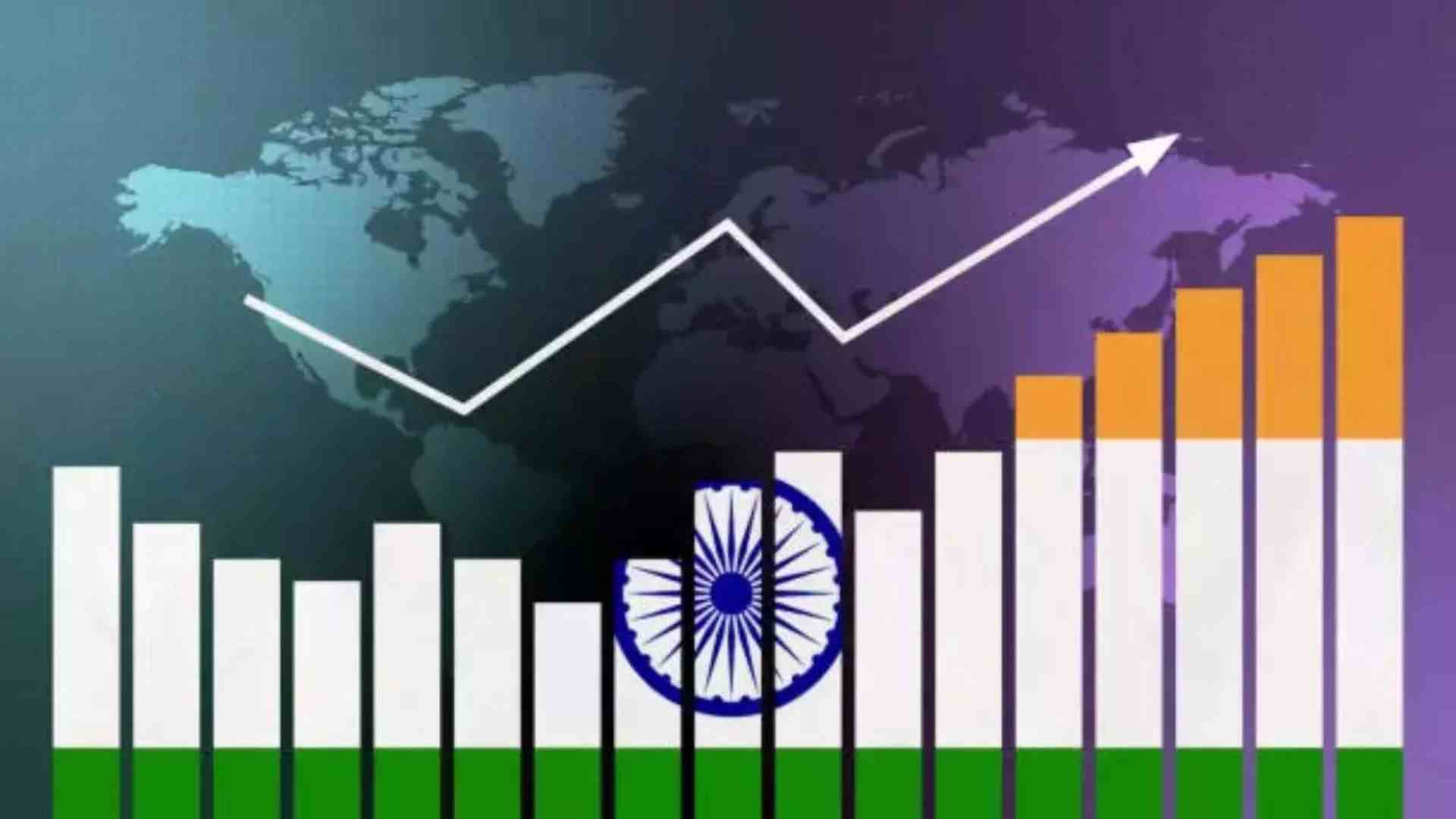
The 2022-23 Union Budget presented by Finance Minister Nirmala Sitharaman follows on from her earlier budget. This is by carrying forward several of the changes that have made Modi 2.0 significantly more innovative than was the case during Modi 1.0. Almost as soon as then Chief Minister Narendra Modi spoke of “Minimum Government and Maximum Governance”, a chorus of cries went up, some in writing penned even by those regarded as being his supporters. Big Government had been a part of life in India over centuries, and P.V. Narasimha Rao paid a heavy political price for seeking to reduce that during his years as PM. The foundation of this budget was the philosophy that the Indian citizen is not a child or a criminal, but can be trusted in the manner PM Modi did early in his tenure, when he did away with the need to get documents authenticated by a Gazetted Officer. The problem he faced was the resistance of those steeped in the status quo to accept any dilution of their authority or changes in their procedures. Even in 2015, warnings were given by some that those who opposed the transformation that the PM sought to do while in office were (mostly quietly) active in (a) creating a negative perception of Modi as a divider and not a unifier. Such perceptions (b) were disseminated not so much in India as outside, so as to smudge Brand India and prevent its geopolitical ascent. Efforts were also on to (c) create conditions for panic in the stock markets, on the lines of those that had been engineered during the periods in office of Narasimha Rao and A.B. Vajpayee. The many within the system who favoured a return to the status quo ante before 26 May 2014 portrayed such warnings as “conspiracy theorists”. They were able to retain substantial influence in the governance mechanism even after Modi took charge, and managed to slow change down in several fields where change was essential to progress. This, combined with the popularity of Narendra Modi to prevent such Modi-phobic plans from reaching takeoff speed. During much of his first term, only 20% of his team were (in deed and thought) “Modivian”. About 40% reflected the
hues of the Vajpayee era, and another 40% that of the Manmohan Singh era. Several of those prominent in both these administrations found keystone positions within the Union Government, another reason why in so much of the reform effort of the Prime Minister, the brake was applied much more often across the system than the accelerator. It was a shock to Modi-phobic elements when the BJP improved its majority in the 2019 Lok Sabha polls, and even wrested UP back from the Samajwadi Party in 2017 and installed Yogi Adityanath as CM, whose family lives as austere a life as does that of PM Modi. From that time, elements within the political and governance system that were opposed to the changes being attempted by Modi worked on overdrive, although not by enough to succeed in 2019. Their target is now the 2024 Lok Sabha polls, so expect more storms. At least the mountains of food grain that used to be fed to rats in previous times is now being used to give grain to hundreds of millions of citizens under PM Modi, a welcome change, as is the effort to build more storage space and route sale proceeds directly to farmers rather than through middlemen.
The 2022-23 Union Budget is among the most important components of the efforts at transformation being attempted by PM Modi, that too at a much brisker pace than was the case during Modi 1.0. Rather than just look at meeting the revenue targets for the financial year, as was the case with so many past budgets across the decades, it looks at what is needed to enable a glide path towards the status of a Middle Income economy by the close of this decade. The increasing takeover of the digital space over our lives and work has been acknowledged by the Finance Minister, rather than ignored in the manner that previous holders of her position did. More than anything else, it was the danger posed by corrupt elements in the bureaucracy that diminished compliance. The extension of time up to 2 years to ensure that I-T returns are correct is welcome, as are some of the tax concessions listed. Retirees, especially senior citizens, have less security than those still working, and this needs to get reflected in tax rates. Once again, I-T rates have been left untouched, even the surcharges. The rates were introduced during the 1996-97 Chidambaram budget, and inflation has made changes to the purchasing power of the rupee that ought to get better reflected, if not in rates, then in slabs. Perhaps a relook is needed at this. Efforts at assisting the informal sector are needed but in ways not designed to enforce “formality” at the point of a prosecution or penalty notice. Unlike so many budgets in the past that look in the rear-view mirror and not the windshield while fixing the route of travel, this is a budget that accepts that the world has changed, and that India needs to change. Rather than ban crypto currencies and exchanges, thereby driving the industry underground the way Prohibition has handed over the liquor trade to mafias, the proceeds are being taxed, although here as well, there ought to have been slabs based on income accrued, rather than a flat rate. Ease of compliance is half the battle in efforts at increasing the tax base, the other being rates that are not simply predictable, but which reflect purchasing power of rupee values at different points in time. While rates remain static, in other ways compliance is being sought to be eased, such that a time may come when the overwhelming majority of taxpayers do not need a lawyer or an accountant to comply with tax demands. Given the ease of detection through digital methods, a “saral” IT form needs to be the norm. What has been presented on 1 February 2022 is a step in the right direction and needs to go further during Modi 2.0. Too many innovations of PM Modi have been forgotten, such as his switching of the UK-oriented time for presenting the Indian budget rather than adopt a time for the presentation suited to the needs of India.
Whether it be the effort to rectify the inequality in educational access of the underprivileged, especially during the pandemic, or the spread of broadband, this is a budget that accepts the need to design the tax system in a way that reflects present-day conditions. Essential industries such as defence equipment ( now finally being exported in quantity) or semiconductors are being paid attention to. The East India Company complex that fears foreign competition needs to be replaced by steps that would make domestic companies go global, as Finance Minister Sitharaman, under the guidance of Prime Minister Modi, has done. There is finally light clearly visible at the end of the long, unlit tunnel of mass poverty that so many in India have traversed across centuries.















